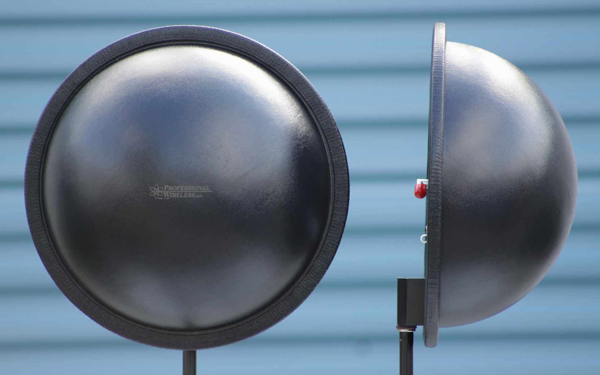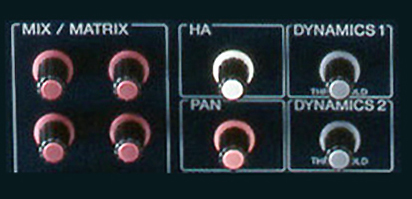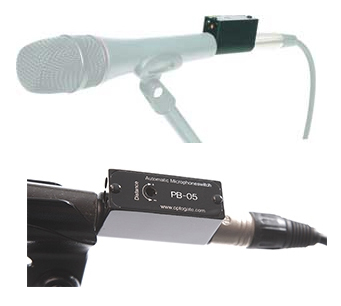Ten important things to be aware of in the quest for optimum results with in-ear monitoring:
Coordination. TV broadcasts are the dominant feature of the local RF spectrum. Online resources like the Sennheiser Frequency Finder, which uses a ZIP code, and the FCC’s database to provide a list of local TV broadcast stations and their signal strength, helps users tune wireless systems to interference-free frequencies, removing much of the guesswork.
Antennas. Most wireless in-ear monitoring transmitters come with a simple quarter-wave whip antenna, which is fine for single systems at close distances.
Multiple systems benefit from both an antenna combiner as well as a directional antenna that also provides RF gain.
A Log-Periodic Dipole Array (LPDA ) antenna, called a “shark fin” or “paddle,” can provide 6 dB of gain and is thin enough to slip into the back of a rack.
A Helical antenna provides about 10 dB of gain plus the advantage of circular polarization.
Molds. Custom molded earphones provide a snug, comfortable fit with a tight seal that not only improves low-frequency response, but also provides up to 26 dB of isolation, allowing performers to monitor at lower volumes, which aids hearing conservation and reduces hearing fatigue. Inexpensive generic earphones can be uncomfortable, don’t provide enough seal in the ear to ensure good low frequency response, and their reduced isolation can contribute to higher monitoring levels.
Both Ears. Using just a single earphone leads to higher monitoring volumes, as performers raise its volume to match the ambient stage sound in the other ear, removing any hearing conservation benefits.
Stereo. Listening to stereo-panned mixes contributes to lower monitoring levels because it is easier to hear individual instruments that are panned across a stereo field than by listening to a mono mix. Lower monitoring levels contribute to hearing conservation.
Dynamics. Since many performers employ a fairly full mix, dynamics management can help build mixes that can sail smoothly through the relatively narrow dynamic range of analog wireless systems. Compression on a singer’s microphone in their own mix can contribute to vocal strain, but compression on instruments keeps them from clipping a wireless transmitter’s input. Multi-band compression on each monitor mix can allow the mid-range to be better heard, while keeping low- and high-frequency transients from clipping the transmitter.
Reverb. Helpful to singers, reverb contributes to their ability to hear their own pitch correctly at lower volumes. Monitoring at lower volume further contributes singing on pitch. Individual dedicated reverbs ensure that each singer can focus on their own voice without having to listen to others sharing their reverb. Reverb sounds better in stereo than in mono. When short of console aux buses, dedicated reverbs can be driven by input channel direct outs.
Pre-Built. Many performers don’t have patience for creating monitor mixes from scratch, adding and adjusting one input at a time. Providing personal monitor mixes that are already assembled, with gain, high-pass filtering, EQ, compression and reverb adjusted for each input greatly improves confidence in both equipment and engineer.
Communication. In-ear monitors create on-stage communication challenges. Adding vocal mics to the input list that are dedicated to band and crew communication greatly improves the experience. Whether it’s just a single spare mic that is muted at the house console and everyone on stage can hear, multiple stage mics, or even mics for backline crew to talk back to their performers, the ability to easily communicate on stage improves sound checks and shows. An Optogate PB-05 can be used to hands-free mute these communication mics when not being used by performers.
Reference. Wireless analog stereo transmissions are subject to reduced separation and frequency response. Monitoring a wireless pack instead of cuing directly from the console provides a better representation of what performers are hearing, especially when using the same model of earphones. Employing a spare pack for every mix isn’t practical, but using a wireless cue mix that can serve as a spare in a pinch solves two problems. The Shure PSM 1000 allows engineers to step through up to 20 mixes in the same frequency group from a single pack using its unique CueMode.
Mark Frink is an independent engineer and free-lance tech writer.


















